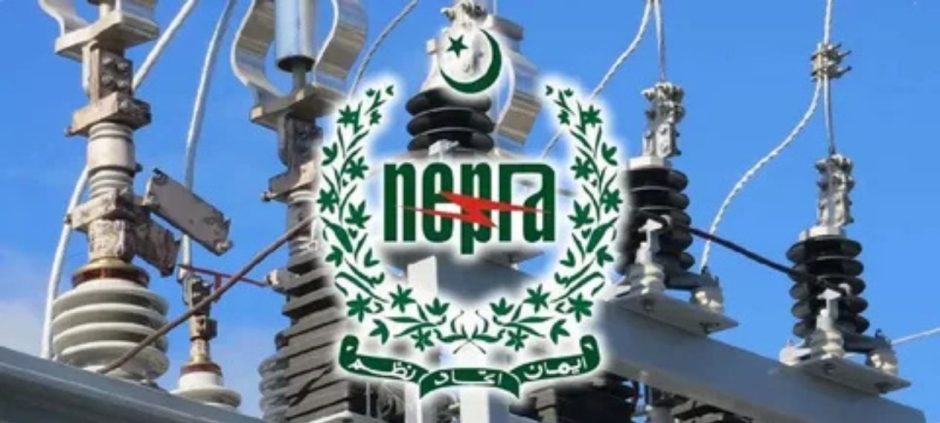Nepra has approved a fresh electricity tariff hike for K-Electric (KE) consumers and the rest of the country, adding to the financial strain faced by millions of households. The decision follows an extensive review of the growing gap between power generation costs and consumer payments.
According to Nepra’s statement, the increase reflects adjustments in fuel costs, capacity payments, and power generation inefficiencies. The regulator highlighted that despite ongoing reforms, the energy sector continues to face challenges that demand periodic revisions in tariffs.
The electricity tariff hike aims to help distribution companies recover rising generation costs and maintain the sustainability of the power supply chain. However, the decision has triggered concern among consumers, who are already grappling with inflation and high utility expenses.
In recent months, rising capacity charges have emerged as one of the major reasons behind the upward revisions. Nepra earlier cautioned that unless the government tackles inefficiencies in the power sector, these capacity payments could push tariffs even higher. The regulator’s previous statement warned that without urgent reforms, such increases would continue to burden consumers.
Officials explained that the hike will apply uniformly to both KE and other distribution companies after government notification. The revised rates are expected to reflect the impact of fluctuating fuel prices and generation costs, which remain a persistent challenge for Pakistan’s energy sector.
Economists believe the electricity tariff hike may cause a ripple effect across industries, raising the cost of production and indirectly contributing to inflation. They also noted that short-term adjustments, while necessary, are not a long-term fix for the sector’s inefficiency and dependence on imported fuel.
While Nepra’s decision might stabilize revenue for power producers in the short run, experts stress that Pakistan must focus on structural reforms and investment in renewable sources to achieve lasting relief. Without these steps, consumers may continue to face periodic shocks as the electricity tariff keeps adjusting to rising costs.











